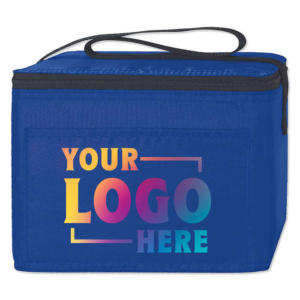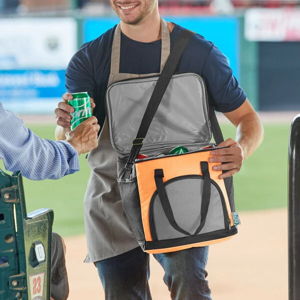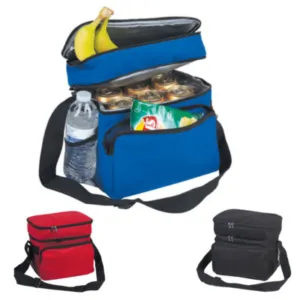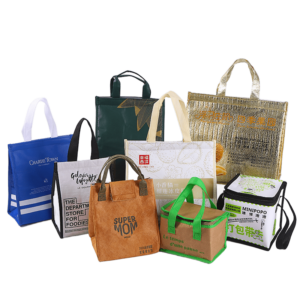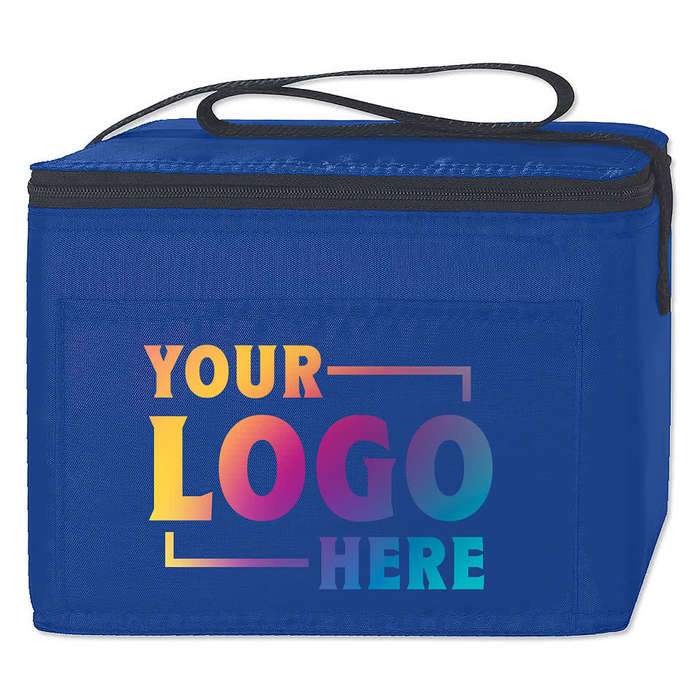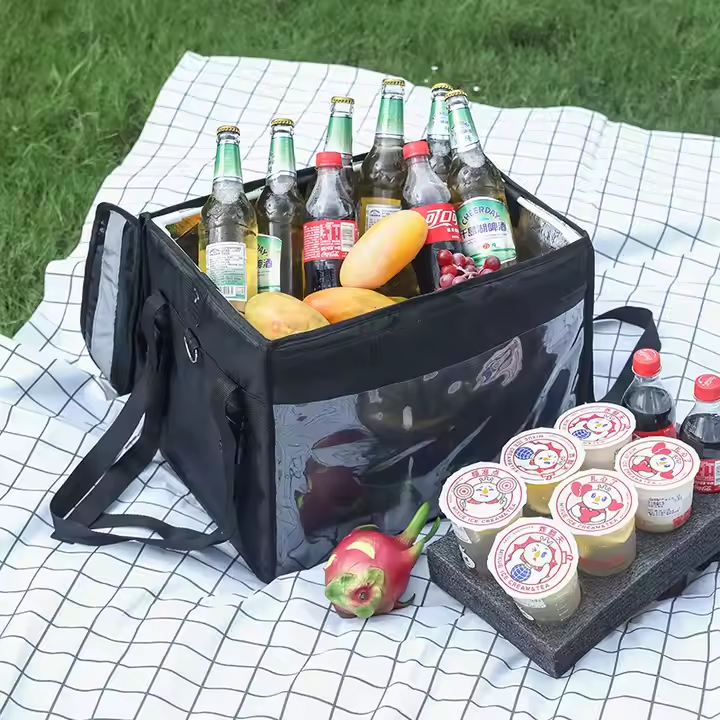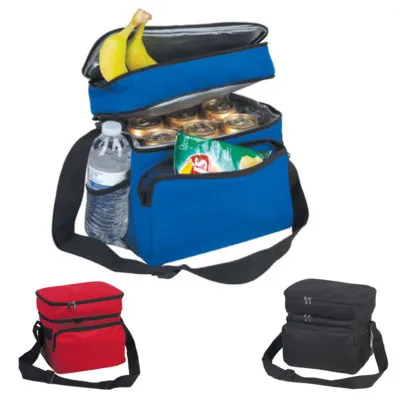
When you are deciding between paper shopping bags and non-woven shopping bags, cost is often one of the biggest factors to consider. Both options are popular for their sustainability, but which one offers the best value for your money? Are paper bags more affordable, or do non-woven bags win when it comes to budget-friendly options? Let's break down the key differences and help you decide which bag offers the best cost and value.
The cost-effectiveness of a shopping bag depends on material, production method, and usage frequency.
What is the Difference Between a Non-Woven Shopping Bag and a Paper Shopping Bag?
When choosing between paper and non-woven bags, it’s important to understand the differences in terms of material and construction.
Non-woven shopping bags are made from synthetic fibers, while paper shopping bags are made from natural, recyclable paper. Each has unique features that can affect the overall cost and functionality.
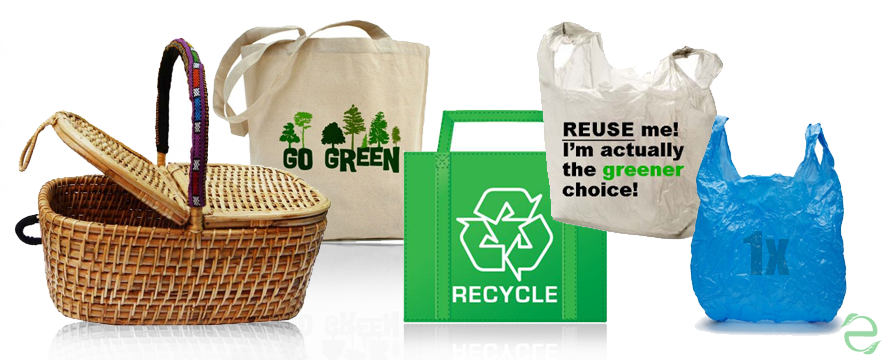
-
Material:
- Non-woven shopping bags are typically made from polypropylene, which is a durable, synthetic material. These bags are lightweight, flexible, and often come in a variety of colors and sizes.
- Paper shopping bags are made from recycled or virgin paper. These bags can be kraft (brown) or bleached white and are commonly used for retail packaging.
-
Durability:
- Non-woven bags are more durable and can hold heavier items compared to paper bags. They are also water-resistant, making them more versatile for different weather conditions.
- Paper bags, on the other hand, can tear easily when wet or overloaded, making them less durable for repeated use.
Here’s a breakdown of the differences:
| Feature | Non-Woven Shopping Bag | Paper Shopping Bag |
|---|---|---|
| Material | Synthetic fibers (e.g., polypropylene) | Recycled or virgin paper |
| Durability | More durable, water-resistant 1 | Less durable, prone to tearing |
| Eco-Friendliness | Reusable and recyclable 2 | Recyclable but less durable |
| Cost | Generally cheaper for bulk orders | More expensive in smaller quantities |
Which Type of Shopping Bag is the Most Environmentally Friendly?
When it comes to sustainability, both paper and non-woven bags have their pros and cons. Which one is truly better for the environment?
Non-woven shopping bags are more eco-friendly in the long run3, especially when reused multiple times. However, paper bags are made from a renewable resource, which makes them a better option in certain situations.
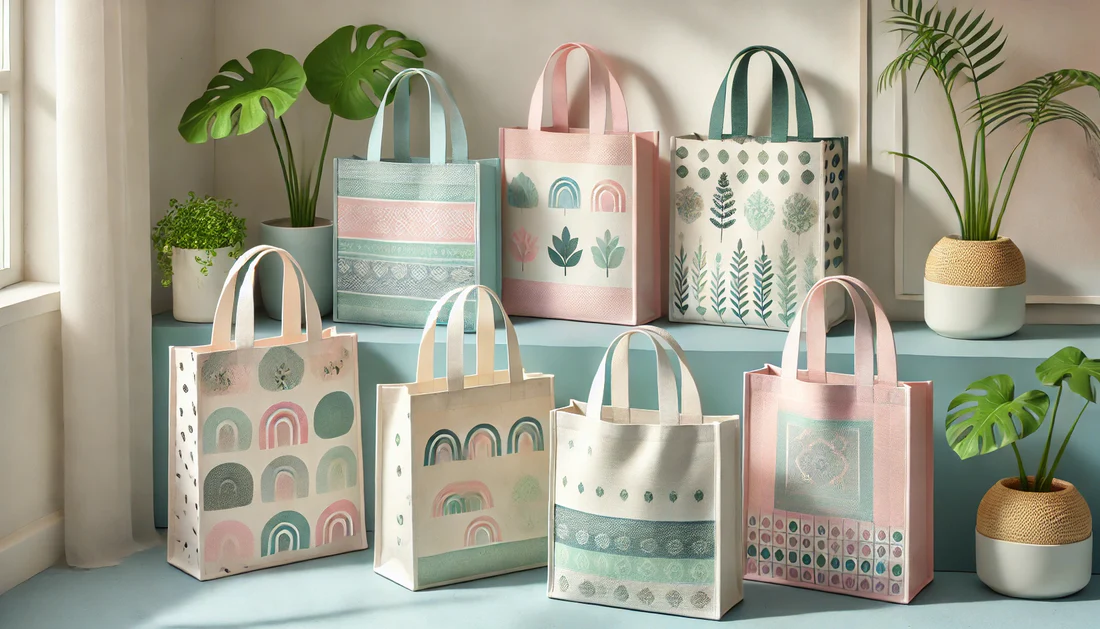
Non-woven bags: These bags are made from polypropylene, which is a plastic-based material, but it is recyclable. If you use a non-woven bag multiple times, its environmental impact can be minimized. Moreover, these bags are often designed for reuse, which makes them a better option in terms of reducing waste.
Paper bags: Made from trees, paper bags are biodegradable and recyclable, but they come with an environmental cost. The paper industry is resource-intensive, and the process of making paper involves a significant amount of water and energy. However, if the paper is recycled, the environmental impact decreases.
Environmental Comparison:
| Feature | Non-Woven Shopping Bag | Paper Shopping Bag |
|---|---|---|
| Renewable Resource | No (Plastic-based) | Yes (Wood, a renewable resource) |
| Reusability | High (Long-lasting if used frequently) | Low (Single-use unless sturdy) |
| Recyclability | Yes, but requires a special recycling process | Yes, widely recyclable |
| Energy Consumption | Lower in production | Higher due to the papermaking process |
In the long run, the best option depends on how many times the bag is used. Reusable non-woven bags may have a smaller carbon footprint if reused frequently, while paper bags are a better short-term solution for environmental impact.
What is the Best Material for Reusable Shopping Bags?
When looking for a reusable shopping bag, which material offers the best combination of cost, functionality, and eco-friendliness?
Non-woven polypropylene is often considered the best material for reusable shopping bags. It strikes the right balance between durability, cost-effectiveness, and environmental benefits when used multiple times.
While there are several materials to choose from, non-woven bags stand out because of their versatility and strength. They can hold heavier loads, resist tearing, and be used for years if cared for properly. On the other hand, cotton bags are also a good option but tend to be more expensive and require more resources to produce. Jute bags offer a rustic feel but can be bulkier and less waterproof.
Here’s a look at the most common materials used for reusable shopping bags:
| Material | Advantages | Disadvantages |
|---|---|---|
| Non-Woven Polypropylene | Durable, water-resistant, affordable, reusable | Made from plastic (less biodegradable) |
| Cotton | Soft, biodegradable, reusable | Expensive to produce, requires water and pesticides |
| Jute | Biodegradable, natural, stylish | Less durable, not waterproof |
Non-woven polypropylene is often the most practical and cost-effective option for reusable shopping bags. It’s strong enough for everyday use and provides excellent value for money.
Why Are Paper Shopping Bags Better?
While non-woven bags have their advantages, paper bags still hold an important place in retail, especially for businesses looking for a more classic, eco-friendly option.
Paper bags are great for light loads and offer a sustainable option for businesses aiming for a more eco-conscious image. They are also biodegradable and recyclable, making them a safer choice for the environment in many cases.
Though non-woven bags are cost-effective for bulk orders, paper bags are ideal when businesses want to promote an environmentally responsible image. Paper bags are commonly used in high-end retail or food services, where the aesthetics of the packaging matter as much as the function. Moreover, paper bags are fully recyclable, which makes them a great choice for customers who prioritize waste reduction.
Here are a few reasons paper bags might be a better option for your business:
| Reason | Paper Bags | Non-Woven Bags |
|---|---|---|
| Aesthetic Appeal | Ideal for branding and high-end retail | Less elegant but more practical |
| Eco-Conscious Consumers4 | Fully recyclable and biodegradable | Reusable, but not as biodegradable |
| Load Capacity | Suitable for light loads | Better for heavier items and frequent use |
Conclusion
When considering the cost, durability, and environmental impact of paper and non-woven shopping bags, non-woven bags often offer a more affordable and sustainable long-term solution5. At JiaRong Packing, we specialize in creating customizable, high-quality non-woven shopping bags that are both eco-friendly and cost-effective for businesses. If you’re ready to make the switch to reusable bags that provide value and sustainability, visit our website https://zjjrpackaging.com/ for more information.
-
Learn about the advantages of non-woven bags in terms of durability and practicality for shopping. ↩
-
Understand how recyclable paper bags compare in terms of eco-friendliness and durability. ↩
-
Discover the long-term sustainability benefits of using non-woven shopping bags for the environment. ↩
-
Explore packaging alternatives like paper bags that help businesses adopt more sustainable practices. ↩
-
Jiarong Packaging-Dedicated to providing eco-friendly, high-quality non-woven and foil insulated bags. Custom solutions, quality assurance, worldwide shipping. ↩


